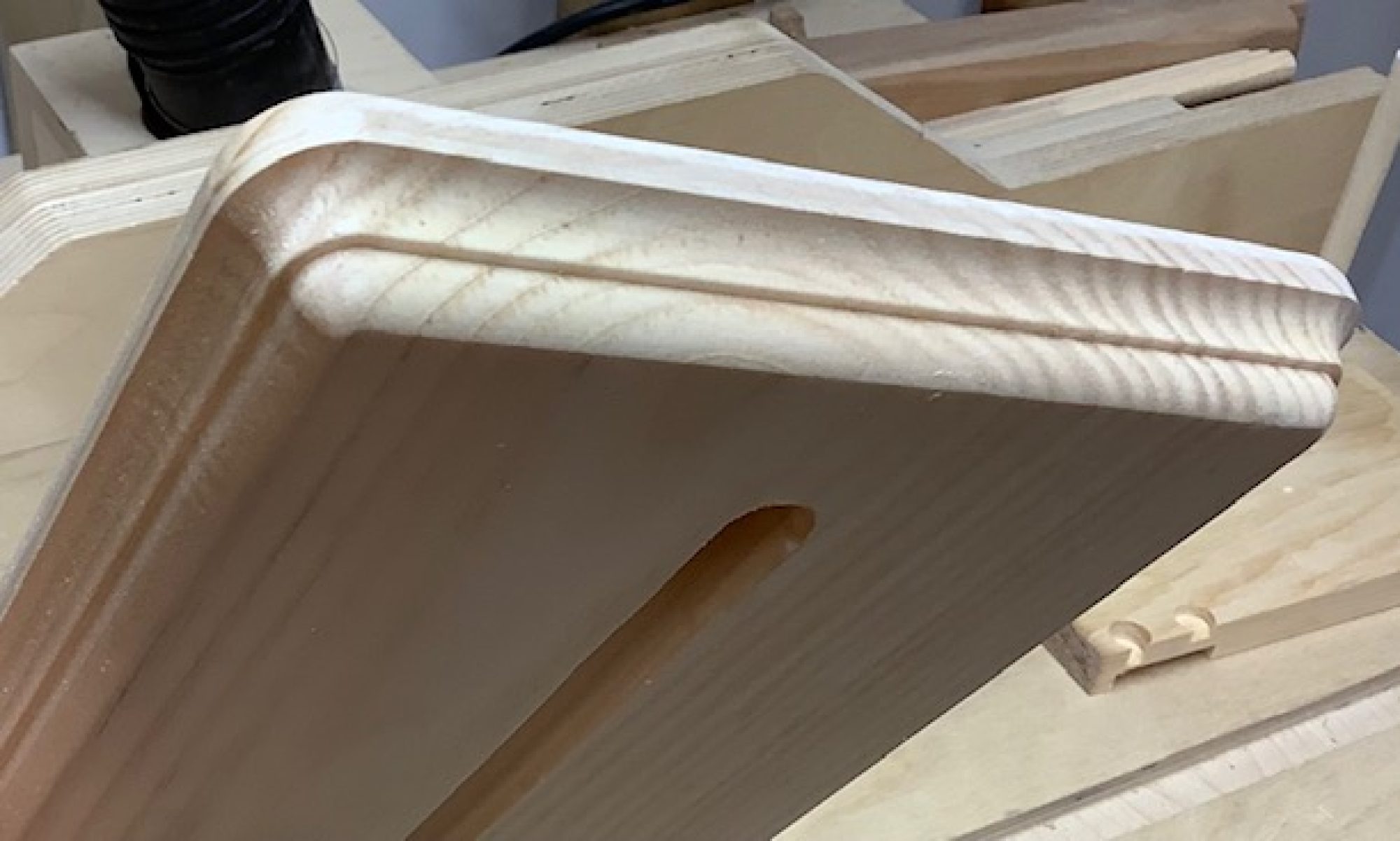Choosing the right router bit for your project can make a huge difference in the quality of your finished product. However, it can be hard to understand why to choose one bit over another in your first few projects. Router bits come in many different shapes and sizes, each with its own unique uses and advantages.
In this article, we’ll discuss some of the most common types of router bits and their recommended applications to help you make good decisions as a beginner.
Straight Bits
Straight bits are the most common type of router bit and are used for making simple cuts. They come in various diameters, ranging from 1/4″ to 1/2″ or more, and can be used for cutting grooves, dadoes, and rabbets. Straight bits are also significant for making edge cuts, like trimming the edges of a piece of wood to give it a clean, straight edge. When selecting a straight bit, you can look for one with a carbide tip for increased durability and longevity.
Roundover Bits
Roundover bits are used for creating rounded edges on wood. They come in a range of sizes, from 1/8″ to 1″ or more, which can be daunting at first. But, they can also be used to create everything from a subtle rounded edge or a more dramatic curve, depending on the size of the bit. Roundover bits add a decorative touch to edges, like on tabletops or picture frames. You can also use them to remove sharp edges on furniture, making it safer and more comfortable to use.
Chamfer Bits
Chamfer bits are used for creating angled cuts on wood. They come in various angles, typically 45 to 60 degrees, and can be used to create beveled edges on furniture or decorative pieces. Chamfer bits can also create a flat surface on the edge of a piece of wood, like when making a tabletop. When selecting a chamfer bit, consider the angle you need and the size of the bit to ensure that it is appropriate for your project.
Other Types of Bits
In addition to the bits mentioned above, many other types of specialty router bits are available, each with its own uses. For example, cove bits can be used to create a concave curve on wood, while you can use ogee bits to create an S-shaped profile. Beading bits are used for making decorative grooves, and dovetail bits are for creating joints. You can explore using as few or as many of these as you like.
